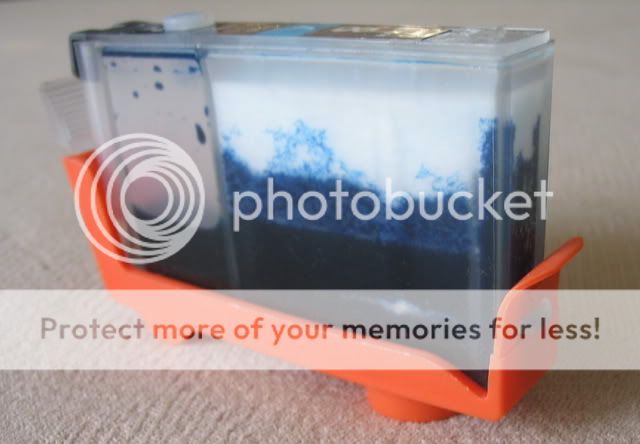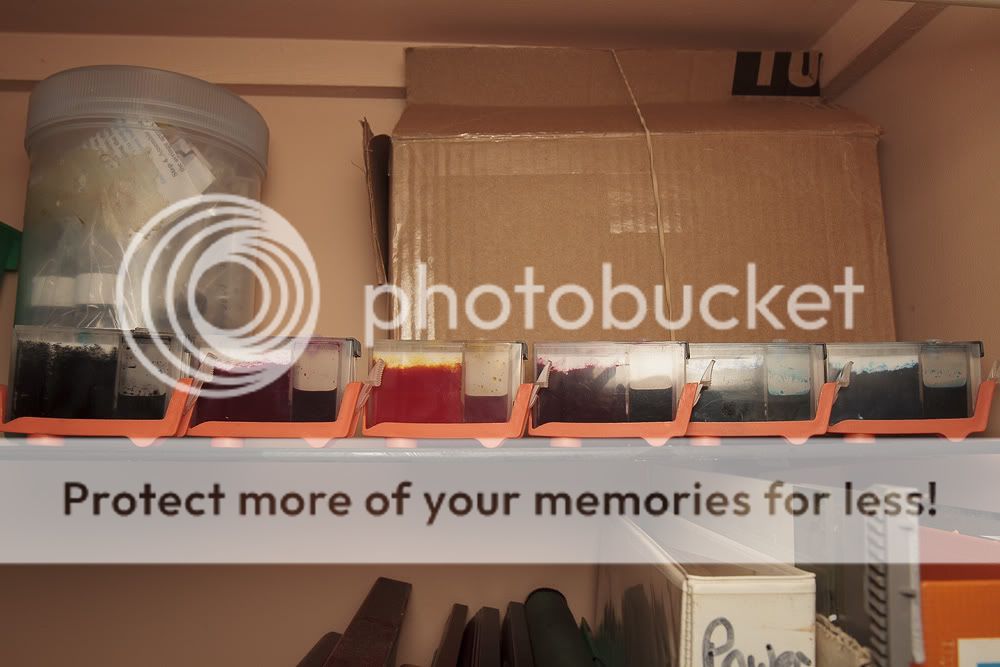- Joined
- Apr 19, 2007
- Messages
- 8,706
- Reaction score
- 7,179
- Points
- 393
- Location
- USA
- Printer Model
- Canon MB5120, Pencil
You state the upper sponge must breathe in order to allow transfer of air to equalize pressure inside the cartridge and allow ink to flow from spongeless side to sponged side and ultimately ink to flow out the ink ejection port.martin0reg said:IMHO it is just the other way: it can be a problem, if the upper sponge would be just as fully saturated as the lower.
The upper SHOULD be NOT as saturated as the lower, because that upper sponge should be able to "breathe".
Because air must be getting from the sponge chamber to the ink chamber to let ink go vice versa.
As long as the LOWER sponge is fully saturated and the ink flows through, it should be okay.
PS: The air goes through tne air vent into the sponge chamber and through the upper sponge down to the level of the lower sponge. On this level there are small ridges on the separating wall (on the sponge side) to let the air flowing even lower to the "ink tunnel" between the two chambers.
If the lower sponge is saturated, how does air get through it to breathe as well?
Why would a saturated upper sponge behave differently than a saturated lower sponge if air gets through a saturated lower sponge?
A factory fresh cartridge has saturation at the interface of upper and lower sponges - how does it breathe at this junction if it is saturated?


